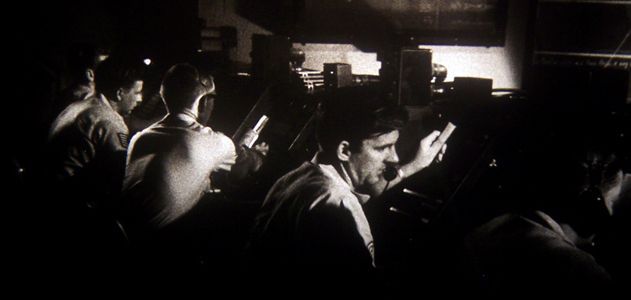
Operation Sky Shield
Operation Sky Shield was a series of three large-scale military exercises conducted in the United States. The Cold War games were carried out by the
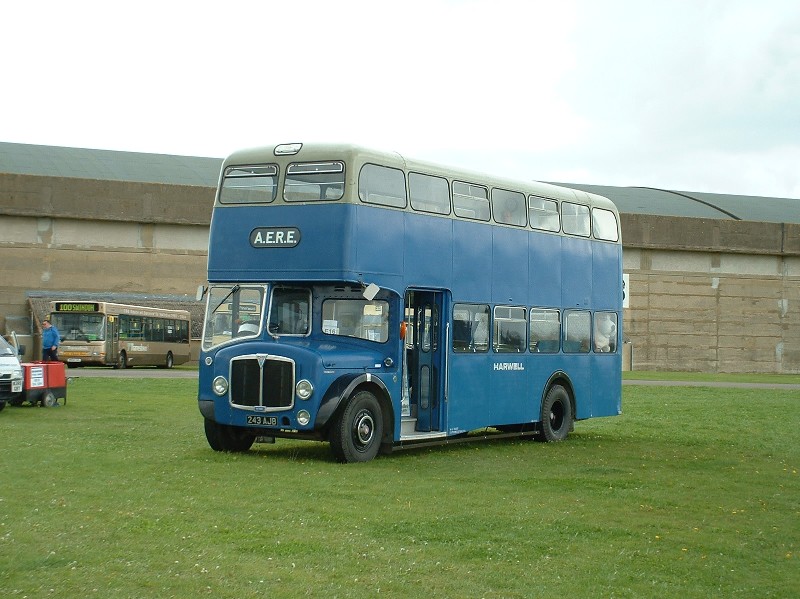
January 1947 – Clement Attlee’s government had made the decision that Britain required an independent nuclear deterrent to maintain its position in world politics.
Arriving late to a GEN 75 Committee meeting in October 1946, and after hearing some objections to the production of a nuclear weapon from Sir Stafford Cripps and Chancellor Hugh Dalton based on the costs, Foreign Secretary Ernest Bevin expressed his view. “No, Prime Minister, that won’t do at all. We’ve got to have this thing. I don’t mind it for myself, but I don’t want any other Foreign Secretary of this country to be talked at, or to, by the Secretary of State of the United States as I just have in my discussions with Mr Byrnes. We’ve got to have this thing over here, whatever it costs. We’ve got to have the bloody Union Jack on top of it.”
The official decision to proceed with the atomic bomb project was made in January 1947, in a meeting of the Gen 163 Committee. It was a smaller committee that excluded Dalton and Cripps among others. The group also agreed that William Penney should be in charge of the bomb development effort.
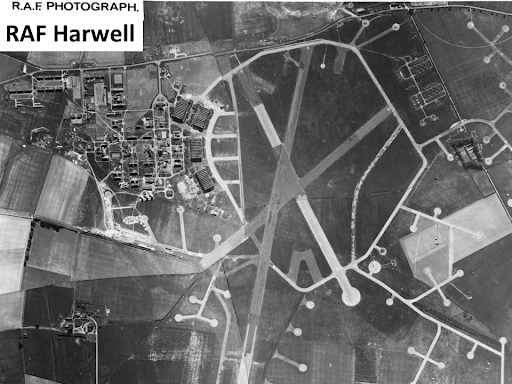
Many plans were already being implemented. The Gen 75 Committee had decided in December 1945 that a reactor should be built “with the highest urgency and importance”. In January 1946, the Atomic Energy Research Establishment (AERE) had acquired ex-RAF Harwell. This gave them engineering workshops, roads, water supply and above all large hangars being suitable to house a nuclear reactor. It was also just 13 miles south of Oxford, so close enough to the nuclear expertise of the University. However, the Harwell site required some quick building of housing to accommodate the new and expanding team.
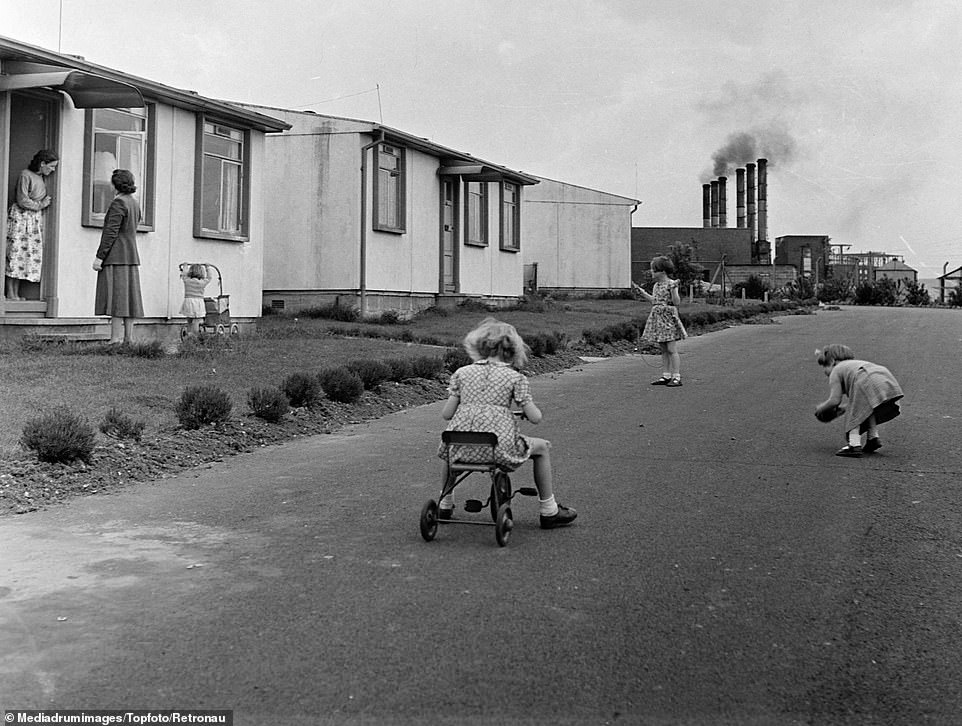
The site was to become one of the main employers in the area, leading to an influx of labour from outside the villages. Temporary housing was established around the site and consisted of several hundred prefabricated houses. These ‘prefabs’ were single storey structures manufactured in parts for quick erection, and were designed to help solve Britain’s housing shortages in the immediate post-war period. Two estates of these new houses were built to the north and south of the site, as well as a new road and some shops.

Workers travelled to the site by the establishment’s own buses marked ‘AERE’, commuting from as far as 20 miles away in Reading.
John Cockcroft, the first Director of AERE, had recruited the head team for the new facility. The team included people who had been part of Tube Alloys and the Manhattan Project, such as Egon Bretscher, Klaus Fuchs, Otto Frisch, and Robert Spence, Cockcroft’s deputy at Montreal Laboratory. He had also brought in Rudolph Peierls as a consultant to the AERE.
In early 1946, while some members of the British Mission were returning home from the US to work on British atomic research, some remained and participated in further US nuclear tests – Operation Crossroads. Eight British scientists, three from Los Alamos and five from the UK, were involved in the two nuclear tests at Bikini Atoll in the Pacific. The purpose of the tests was to investigate the effect of nuclear weapons on warships. William Penney was one of the British scientists present at Bikini Atoll and was in charge of the blast effects studies. He wrote the after-action reports on the effects of the two nuclear detonations.
1 July 1946 – The first test was codenamed Able. The bomb was named Gilda and was dropped from the B-29 Superfortress – Dave’s Dream. It missed its aim point by 2,130 feet so caused less than the expected amount of ship damage.
25 July 1946 – The second test was codenamed Baker and the bomb was known as Helen of Bikini. This was detonated underwater and the radioactive sea spray caused extensive contamination.
This video contains scenes that some viewers may find distressing
Back in the UK, in January 1947 the Ministry of Supply distributed Specification B.35/46 to UK aviation companies. The specification was to satisfy Air Staff Operational Requirement OR.229, and would carry the nuclear weapon that would be developed in tandem.
On receipt of Specification B.35/46, A.V Roe & Company (Avro) began work on their design, led by technical director Roy Chadwick and chief designer Stuart Davies. They were required to tender by the end of April 1947. Avro designated the aircraft Type 698.
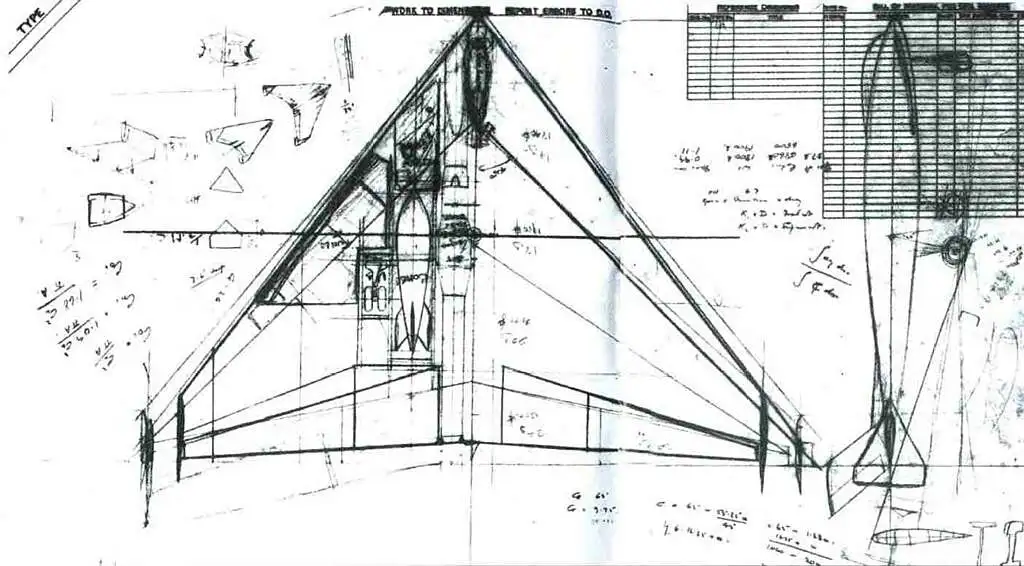
On 30 April 1947, UK aviation companies, including Vickers-Armstrong Ltd (Valiant), Avro (Vulcan) and Handley Page (Victor), were invited to submit their formal design tenders. A tender design conference was held on 28 July 1947. It was decided to order the design submitted by Avro and a scale flying model to test the delta wing design.
The conference also decided to investigate the crescent wing and swept wing designs. This would be insurance in case the first choice design of the delta-wing was a failure. The Handley Page and Vickers-Armstrong designs were both considered. The Ministry of Supply gave an Intention to Proceed (ITP) order to Avro in November 1947 and the Handley Page design was given an ITP in December.
The Vickers’ design had initially been rejected as it was not as advanced as the Avro and Handley Page aircraft types. Vickers lobbied the Air Ministry on the basis that it would be available much sooner than the competition. In April 1948, the Type 660 Vickers design was given an ITP.
Did you know? In the late 1940s and early 1950s, British designers, in contrast to the Americans, were united in believing that jet engines must be buried in the wing of the aircraft to achieve the best performance.
May 1947 – following the decision by the Gen 163 Committee in January, William Penney was officially named as head of the High Explosive Research project. One of his first tasks was preparing a document that described the US implosion bomb. The report broke down the development tasks required to replicate the bomb and identified outstanding questions that required further research. Penney’s report was completed on 1 July and was entitled Plutonium Weapon – General Description. The document gave the British atomic weapons program a preliminary design.
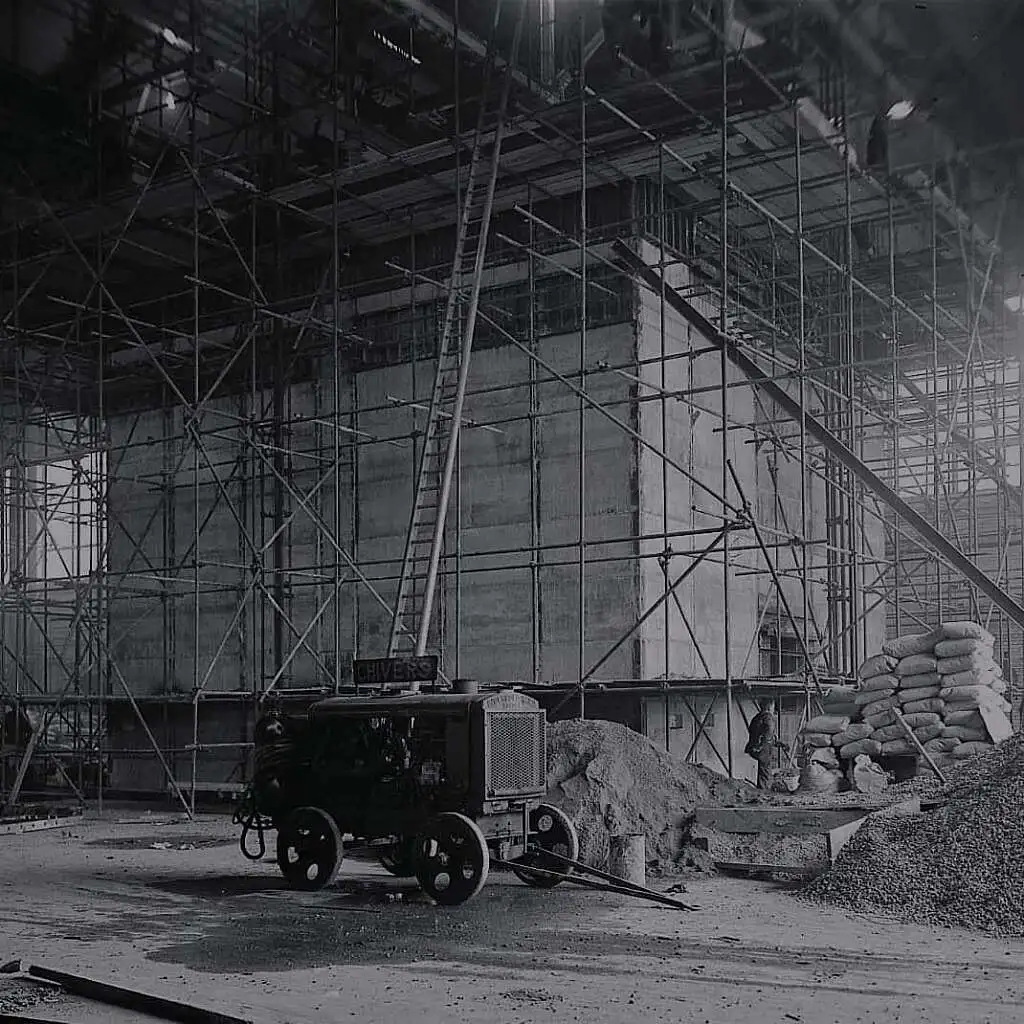
The construction of the AERE site continued. By August 1947 the Graphite Low Energy Experimental Pile (GLEEP) was installed at Harwell and the reactor was run for the first time on 15 August 1947. GLEEP was designed by the Montreal Laboratory and was the first nuclear reactor to operate in Western Europe.
GLEEP was a low power reactor that was initially used for investigations into reactor design and later as an international standard for the testing and calibration of materials. This allowed scientists to calculate, for example, how steel would behave after 40 years in a nuclear power station. This work proved invaluable in the development of the UK’s nuclear power programme and the experience with GLEEP led to the more powerful British Experimental Pile 0 (BEPO). BEPO was designed by the AERE team, and first run 3 July 1948.
In September 1947, the site of the former Royal Ordnance Factory Sellafield, was chosen for the construction of a nuclear plant to produce the weapons-grade plutonium required for the nuclear weapons. The site was renamed Windscale. Two piles were built and Windscale Piles No 1 and 2 were completed in 1950 and 1951, respectively.
The weapon design, the facilities to build the weapon, and the means to carry the weapon were underway. Prime Minister Clement Attlee’s vision for Britain’s nuclear deterrent was taking shape.

Operation Sky Shield was a series of three large-scale military exercises conducted in the United States. The Cold War games were carried out by the
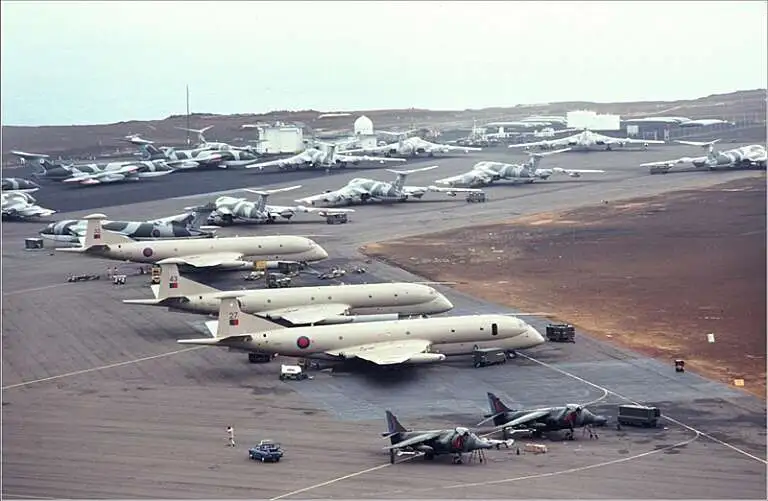
Barry Masefield, former XH558 Air Electronics Officer, relives his experiences back in 1982. This article first appeared in a special 20th Anniversary edition of ‘The Vulcan’
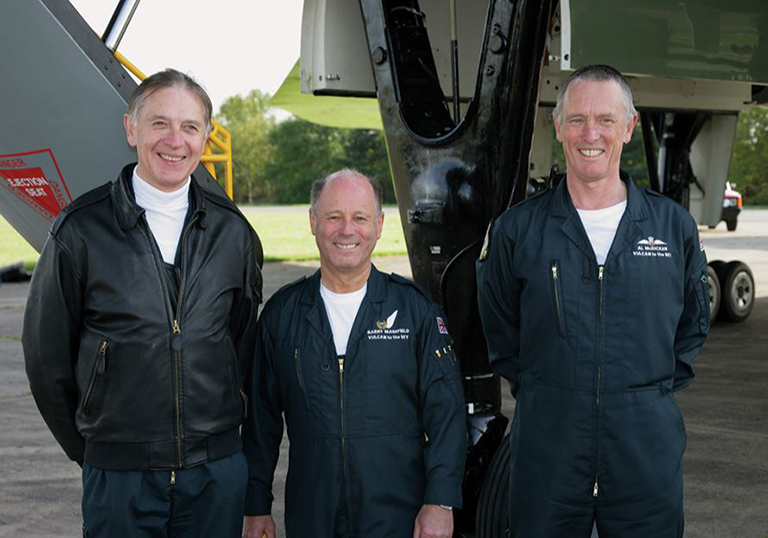
Don’t Mess With The Gods We’re continually paying homage to Vulcan, the Roman god of fire and rightly so. Vulcan has played a significant role
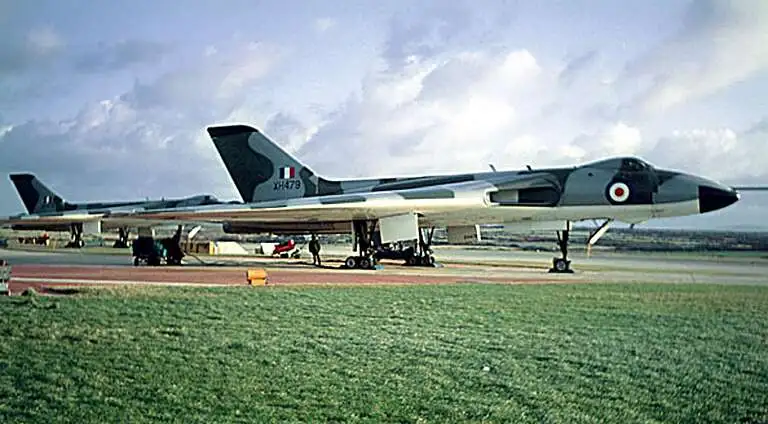
Our thanks to Jeremy Lewarn who recalls his time in the RAF in this detailed article. My memories of the Vulcan start from when I first